Flow meter types and their working principles
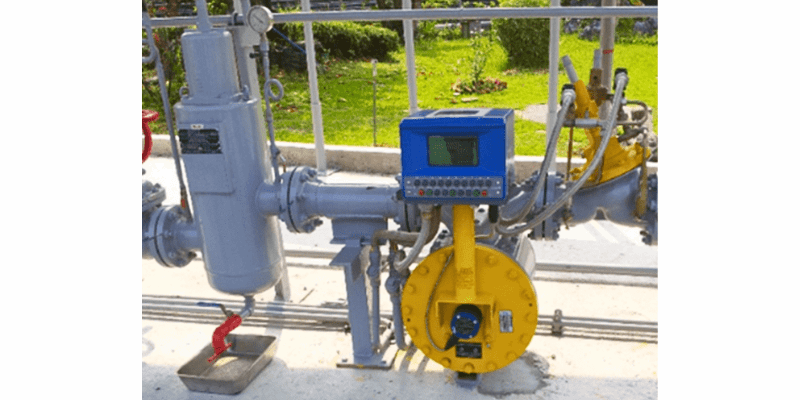
When it comes to measuring the flow rate of gas and liquids, a flow meter is an essential device used in various industries and applications.
With different types of flow meters available, it's crucial to understand their differences and choose the right one for your specific needs. Whether you are a professional in the chemical, petrochemical, aviation, or any other industry that requires accurate flow measurements, this guide will help you make an informed decision.
In this article, we will deepen:
- What are the main flow meter types?
- The positive displacement meter working principle
- When to use a flow meter?
What are the main flow meter types?
ISOIL specializes in the measurement of flowing gas and fuel in different industries during loading and unloading operations. One of the most useful tools to measure the product flow is a flow meter. Let’s see the main types and their features to help you understand which is more suitable for your needs.
For more technical information about flow meters and their specifications
Contact us
Single Case Meters (1 ½’’ – 8’’)
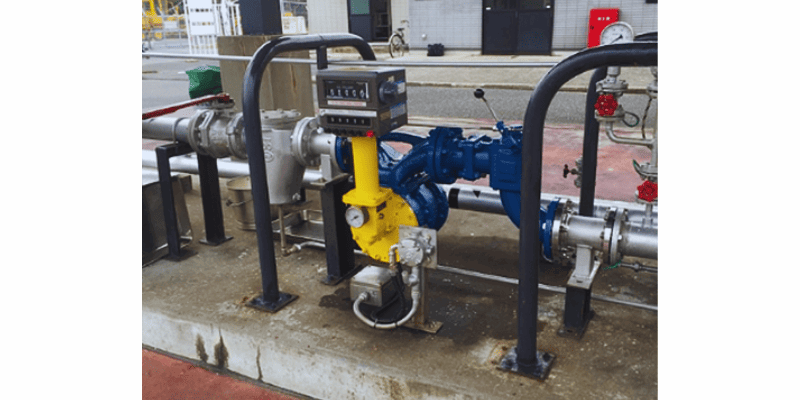
Single case meters are widely used in industrial settings to measure the flow rate of various liquids. These meters come in different sizes, ranging from 1 ½’’ to 8’’, to accommodate different flow rates. They offer accurate and reliable measurements, making them suitable for a wide range of applications.
Aviation Meters
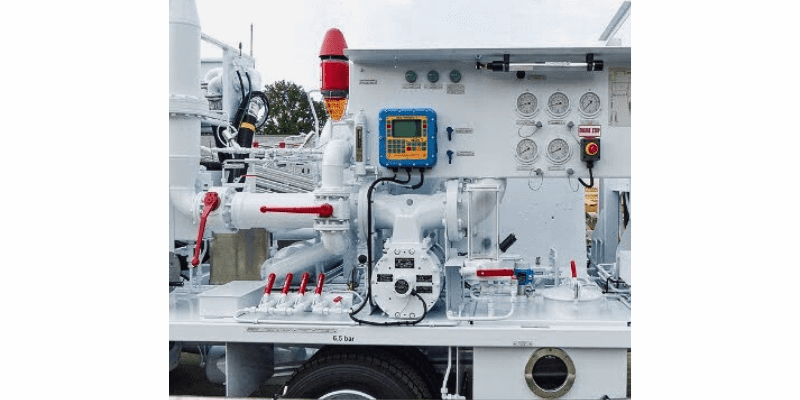
As the name suggests, aviation meters are a flow meter type specifically designed for the aviation industry. These meters ensure precise fuel flow measurements in aircraft, playing a critical role in maintaining flight safety and efficiency. Aviation meters are engineered to meet the stringent requirements of aviation authorities and deliver accurate readings even in extreme conditions.ù
Stainless Steel Meters (2’’ – 6’’)
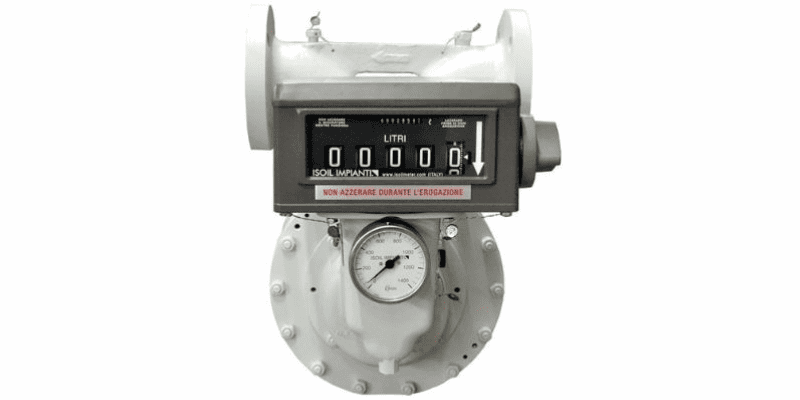
Stainless steel meters are specially designed to handle corrosive liquids commonly found in chemical and petrochemical applications. These meters offer excellent resistance to corrosion, ensuring accurate measurements over an extended period. With sizes ranging from 2’’ to 6’’, stainless steel meters are suitable for a wide range of flow rates in corrosive environments.
Double Case Meters (3’’ – 10’’)
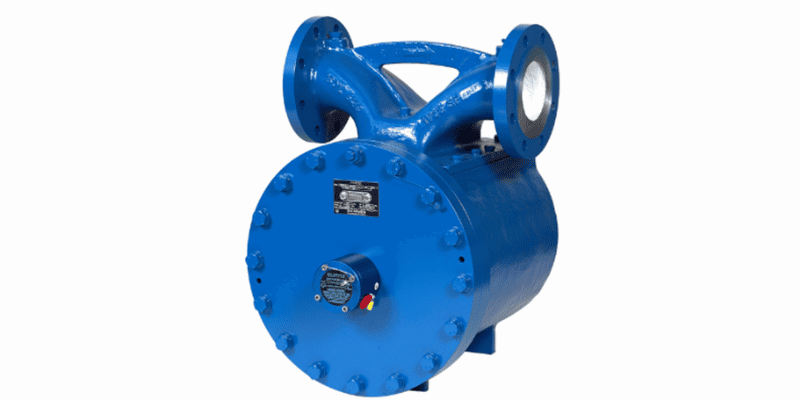
Double case meters, also known as dual-case meters, are ideal for applications that require high flow rates. With sizes ranging from 3’’ to 10’’, these meters can handle substantial volumes of liquid. They provide accurate measurements and are commonly used in industries such as oil and gas, water treatment, and manufacturing.
Gravity Meters (3’’ – 4’’)
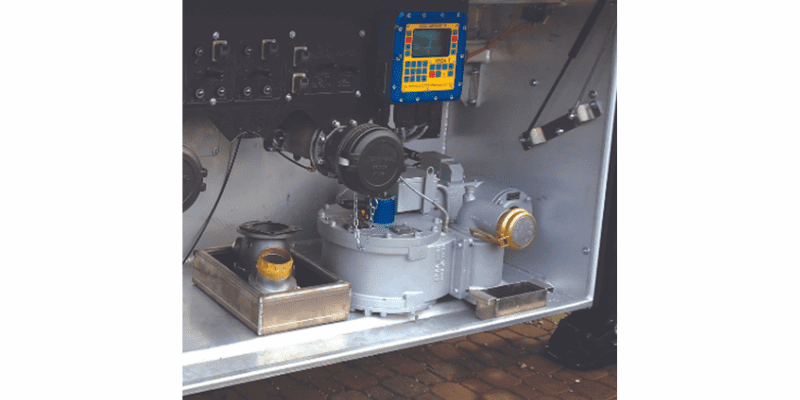
Gravity meter types are specifically designed for applications where the flow rate relies on gravitational forces. These meters operate on the principle of differential pressure and are suitable for low flow rates. With sizes typically ranging from 3’’ to 4’’, gravity meters find applications in various industries and fluids, mainly for light hydrocarbons and chemicals.
Pump & Gravity Meters (3’’ – 4’’)
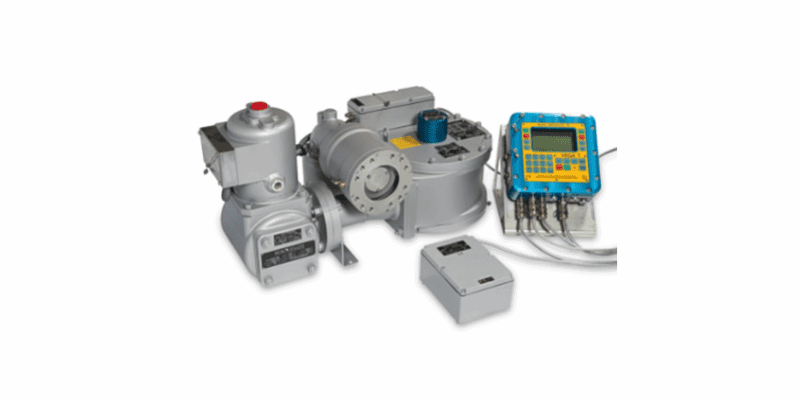
Pump and gravity meters combine the functionalities of both types: pump meters and gravity meters. These meters are capable of handling a wider range of flow rates, making them versatile for different applications. They are commonly used in industries where the flow rate can vary significantly, such as oil and chemical ones.
Flow Meter working principles
Flow meters work based on various principles, depending on their type. Some common working principles include:
- Differential Pressure: This principle measures the pressure drop across a constriction in the flow path to determine the flow rate.
- Positive Displacement: These meters measure the flow rate by trapping and measuring discrete volumes of liquid.
- Velocity: Velocity-based meters use the relationship between flow velocity and flow rate to calculate the volumetric flow.
- Ultrasonic: Ultrasonic flow meters measure the flow rate by analyzing the time it takes for ultrasonic waves to travel through a fluid.
When to use a Flow Meter?
Determining when to use a flow meter depends on the specific requirements of your application, and choosing the right type of flow meter, with its principles, is crucial for the correct measurement of gas and liquids. Some key factors to consider include:
- Required accuracy: Flow meters offer different levels of accuracy, so it's essential to select one that meets your measurement needs. For examples, in case of oil&gas or aviation industries, volumetric flow meter types are mandatory.
- Fluid characteristics: Consider the nature of the fluid being measured, including its viscosity, corrosiveness, and conductivity, as it can impact the choice of flow meter type.
- Flow rate range: Flow meters have different capacities, and selecting one that can handle your desired flow rate range is crucial for accurate measurements.
- Environmental conditions: Some applications require flow meters that can withstand extreme temperatures, pressures, or hazardous environments.
By understanding the different types of flow meters and their principles, you can make an informed decision that aligns with your specific needs. Remember to consider factors such as accuracy requirements, fluid characteristics, flow rate range, and environmental conditions when selecting a flow meter. By doing so, you can ensure reliable and precise flow measurements for your processes.
For more technical information about flow meters and their specifications
Contact us
Contact us for more information about our services and products
Form sent successfully
Error
